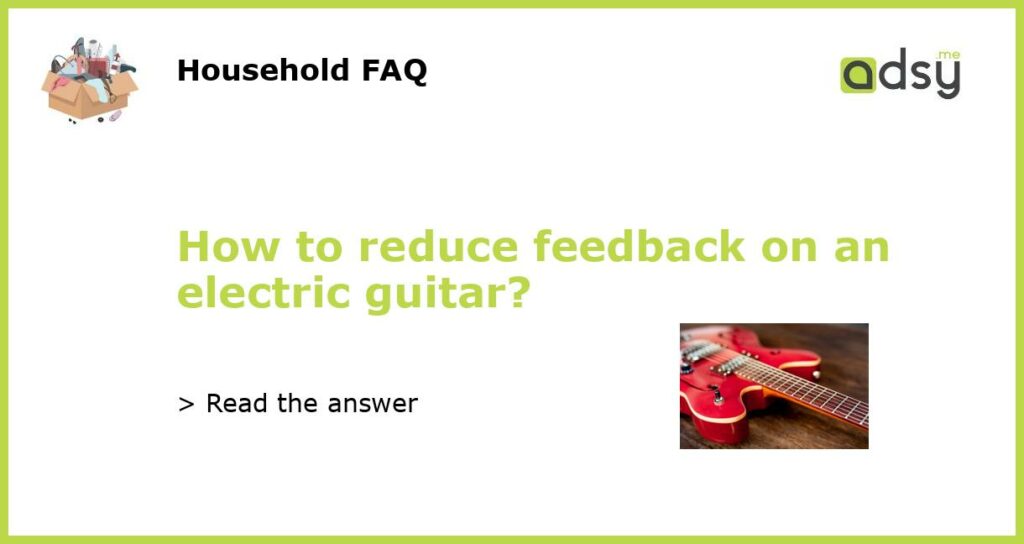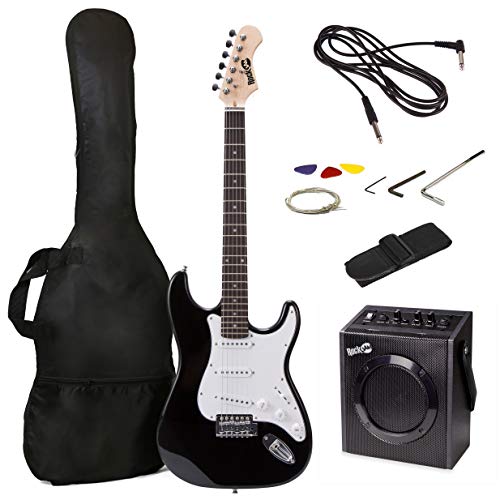Understanding Feedback on Electric Guitars
Feedback is an audible phenomenon that can occur when sound waves reflect back into the amplifier and cause a loop of amplified sound. This can be particularly problematic for electric guitar players, who often play at loud volumes and with high gain settings. Feedback can be a distracting and unpleasant sound, but luckily, there are ways to reduce it.
Adjusting EQ Settings
One of the most common ways to reduce feedback is to adjust the EQ settings on the amplifier. By reducing the midrange frequencies, which are most prone to feedback, you can reduce the likelihood of the phenomenon occurring. You can also try reducing the gain setting on the amplifier or turning down the volume on the guitar. These adjustments may slightly impact the tone of your playing, but they can be effective in reducing feedback.
Using Feedback Suppressors
If you’re struggling to reduce feedback through the above methods, you may want to consider investing in a feedback suppressor. These devices can be placed in between the guitar and amplifier and work by automatically reducing any frequencies that are prone to feedback. Some feedback suppressors also allow you to adjust settings manually so you can find the perfect balance between sound quality and feedback reduction.
Changing Guitar Technique
Another potential solution to reducing feedback is to change your guitar playing technique. Try moving further away from the amplifier when playing or adjust the angle of the guitar in relation to the amp. Experiment with different playing positions and see if any reduce the likelihood of feedback. Additionally, consider using a different type of guitar pick or adjusting the tension of the strings to see if this affects the feedback you’re experiencing.
Investing in Acoustic Treatment
If you’re still struggling to reduce feedback on your electric guitar, you may want to consider investing in acoustic treatment for your practice or performance space. This could include adding sound-absorbing panels or foam to the walls or ceiling of the space. These additions can help to reduce any reflections or echoes that may contribute to feedback. Additionally, consider playing in a larger space or outdoors, as these environments may naturally reduce feedback due to the lack of reflective surfaces.






